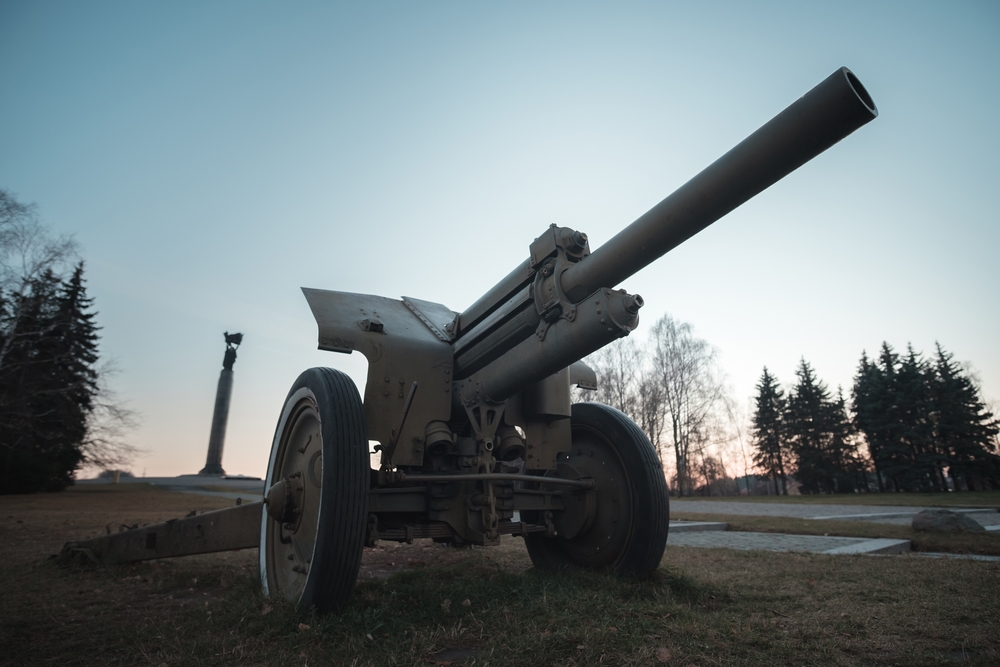The D-74 howitzer may have found its way to North Korea.
Others are reading now
Recent social media footage has surfaced showing Russian forces utilizing the D-74 122 mm howitzer. However, according to the Ukrainian portal Defense Express, this artillery piece should not be found in Russian stockpiles at all.
First Observation of the Weapon
This video marks the first instance of the D-74 being observed since the onset of Russia’s aggression against Ukraine, according to WP.
The D-74 was produced in the 1950s, and by several decades later, it was reportedly absent from Russian inventories — there were no known examples left.
The 2023 Military Balance report confirms that no D-74 howitzers were part of the Russian arsenal. While approximately 2,000 M-30 howitzers from a similar era have been identified, the D-74 remains mysteriously absent.
Also read
Furthermore, Russia had previously stated that it sold D-74 units to countries aligned with the former Eastern Bloc before the 1980s.
Stockpiles or Provided by North Korea?
There is a notable nuance to consider. The D-74 howitzer may have found its way to North Korea, as it was produced in China under the designation Type 59.
This raises two possibilities regarding its unexpected reappearance in Russia. The first scenario involves a one-time support from North Korea to the Russian Federation. The second theory suggests that Russian forces might have unearthed some old D-74 pieces from deep within their stockpiles.
The D-74 artillery system was first seen in 1955, introduced alongside the D-20 152 mm and M-46 130 mm howitzers. Its longer barrel, measuring 52 calibers, allowed it to achieve higher projectile velocities and a range of up to 24 kilometers (14.9 miles) using standard 122 mm rounds.
This was a considerable improvement over its predecessor, which had a range of 20 kilometers (12.4 miles). However, over time, it was replaced by the M-46, which could fire at distances up to 28 kilometers (17.4 miles).
Today, Russia heavily relies on artillery supplies from North Korea, where systems like the 122 mm and 130 mm howitzers dominate. While the D-74 is no longer in widespread use, it played a crucial role in the evolution of field artillery.


